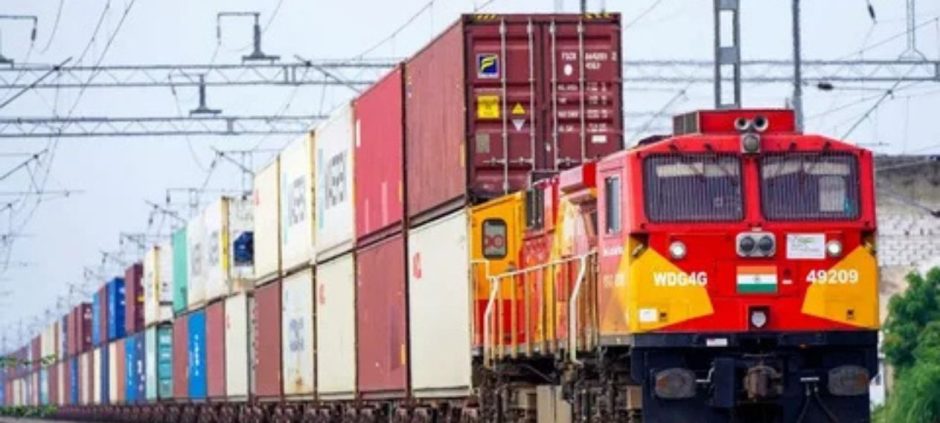Steep US tariffs begin hitting Indian exports and raising concerns among industries that rely heavily on international markets. The move has sparked debate on how long Indian exporters can absorb the rising costs without losing their competitiveness abroad.
The United States recently announced higher duties on a range of goods imported from dozens of countries. According to reports, these steep tariffs are already creating hurdles for Indian businesses. Trade updates highlight that sectors such as textiles, steel, and agricultural products are expected to face the biggest challenges.
Steep US tariffs begin hitting Indian exports
Indian exporters fear that the new tariff structure could reduce profit margins and make products less attractive in American markets. Many small and medium enterprises, which form the backbone of India’s export economy, are especially vulnerable to sudden trade policy shifts.
Industry experts warn that these changes could have ripple effects across the economy. Higher tariffs may not only discourage exports but could also slow down production and job growth in key manufacturing hubs.
Key areas of concern include:
- Textiles and garments: Facing higher duties that could price them out of competitive US markets.
- Steel and metals: Already impacted by global demand shifts, now further strained.
- Agricultural products: Farmers and traders worry about shrinking access to lucrative buyers.
- Small exporters: Rising operational costs and reduced margins are making survival harder.
Rising challenges for Indian trade
The Indian government is closely monitoring the impact of steep US tariffs on Indian exports. Officials are considering fresh negotiations with US trade representatives to minimize damage. However, the uncertain global economic climate makes finding quick solutions difficult.
Analysts suggest that diversifying export markets could be one way forward. By tapping into emerging economies in Asia, Africa, and the Middle East, Indian exporters may reduce their dependence on the United States. Still, such transitions take time and resources that smaller businesses often lack.
Calls for policy support
Industry leaders are urging policymakers to provide relief measures. These include subsidies for exporters, support for diversification, and stronger trade agreements with other regions. Without such steps, many fear that the pressure from steep US tariffs on Indian exports could result in declining revenues and job losses.
For now, the situation remains tense as both governments navigate a landscape shaped by shifting trade priorities and global uncertainty. How India responds will determine the resilience of its exporters in the months ahead.











